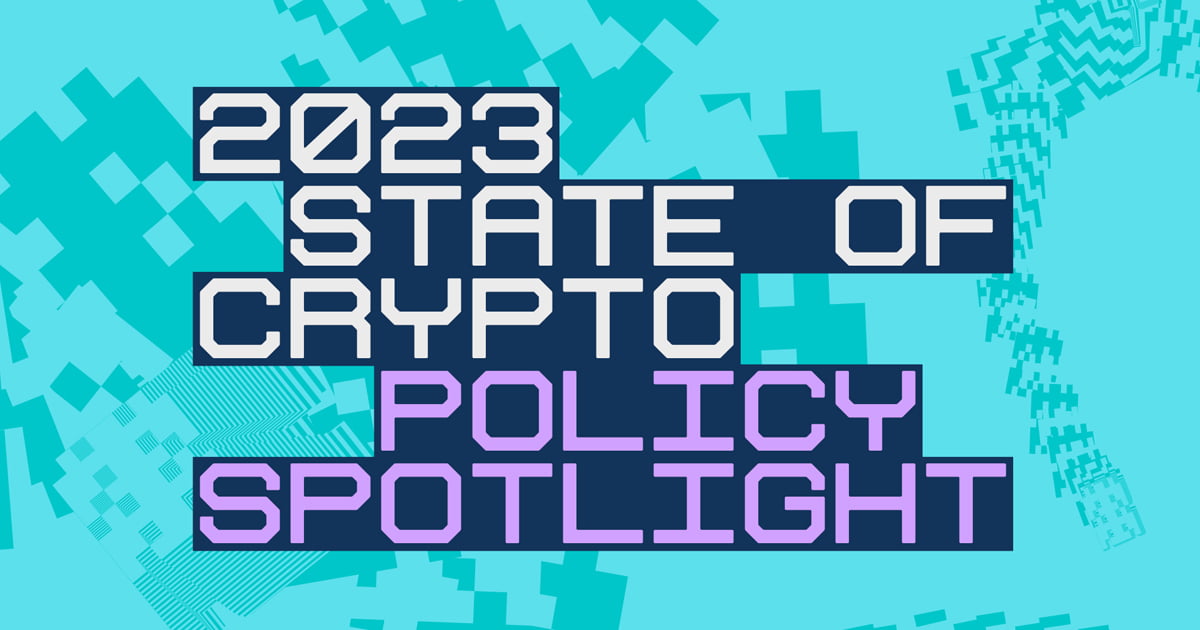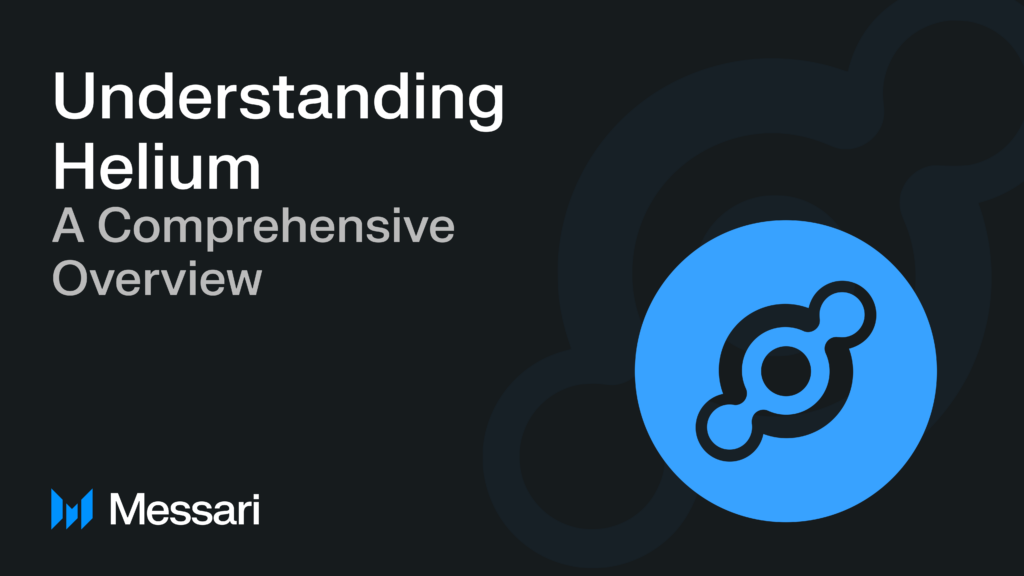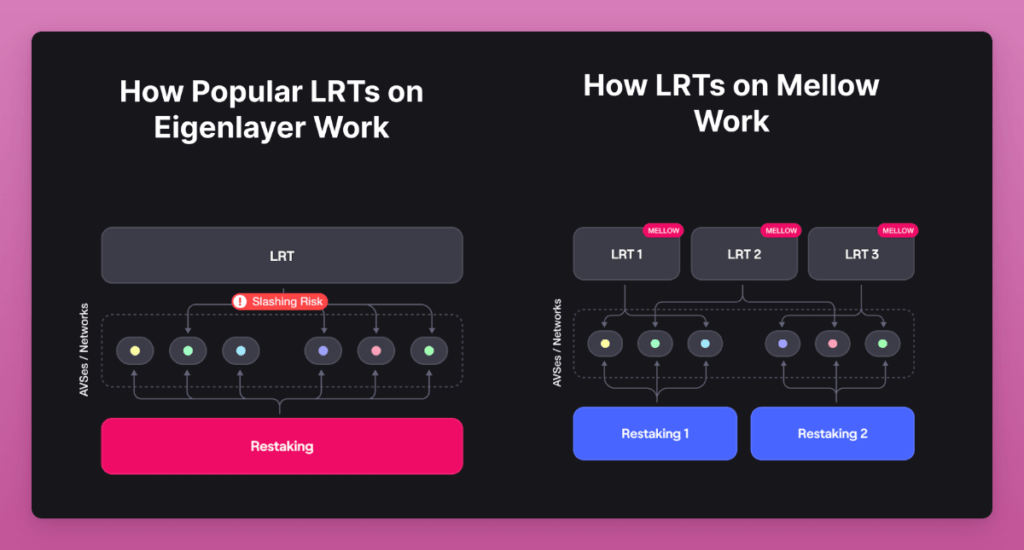Research Summary
The report from Andreessen Horowitz discusses the potential of web3, a decentralized version of the internet, to address the shortcomings of the current internet model dominated by a few tech giants. It highlights the role of tokens and blockchains in web3 and mentions projects like Helium, Flowcarbon, Story Protocol, and Adim. The report also emphasizes the importance of U.S. leadership in web3 innovation and the need for effective regulation in the crypto industry.
Key Takeaways
Web3: A Decentralized Internet
- Web3’s Potential: The report discusses the potential of web3 to decentralize the internet and shift power away from centralized companies. It highlights the role of tokens and blockchains in this new internet model, which can provide more control to users and builders.
- Addressing Real Needs: Web3 can address real needs such as the identity problem, moderation and deplatforming issues, creator monetization, and infrastructure challenges in industries like telecom. Projects like Helium, Flowcarbon, Story Protocol, and Adim are mentioned as examples.
U.S. Leadership in Web3 Innovation
- Importance of U.S. Leadership: The report emphasizes the importance of U.S. leadership in web3 innovation for maintaining competitiveness and national security. It warns that the U.S. may be losing its lead in web3, with a decreasing percentage of crypto developers and global traffic coming from the United States.
- Threat from Sovereign Digital Currencies: The U.S. dollar is facing a threat from sovereign digital currencies, particularly China’s central bank digital currency (CBDC), which has already reached $250 billion in transactions by June 2023. However, innovations in stablecoins can strengthen the dominance of the U.S. dollar.
Need for Effective Regulation in the Crypto Industry
- Increasing Regulatory Activity: Regulatory activity in the crypto industry is increasing, with legislation being passed, court cases being decided, and government agencies proposing new rules. Good regulation can crack down on bad actors, protect consumers, and incentivize community ownership in the crypto industry.
- Impact of Banning New Technologies: Banning new business models or technologies undermines American values and drives innovation and jobs elsewhere. Agency guidance and legislation that establish clear rules can protect consumers and foster healthy competition.
Illicit Transactions and Environmental Impact of Crypto
- Illicit Transactions in Crypto: Less than 2% of total crypto activity is estimated to be illicit transactions, with such activity accounting for roughly 0.10-0.24% of all crypto activity in 2022. Money laundering through fiat methods far exceeds crypto.
- Environmental Impact of Crypto: Crypto’s environmental impact is often exaggerated, with other industries and companies consuming significantly more energy than Ethereum. Ethereum’s move to a Proof of Stake (PoS) consensus mechanism resulted in a 99.9% reduction in energy consumption.
Actionable Insights
- Exploring Web3’s Potential: Businesses and developers should explore the potential of web3 to address the shortcomings of the current internet model. They can leverage tokens and blockchains to provide more control to users and builders.
- Strengthening U.S. Leadership in Web3 Innovation: Policymakers and industry leaders should work together to strengthen U.S. leadership in web3 innovation. This includes embracing innovations in stablecoins to strengthen the dominance of the U.S. dollar.
- Advocating for Effective Regulation: Stakeholders in the crypto industry should advocate for effective regulation that protects consumers, incentivizes community ownership, and fosters healthy competition. They should also resist efforts to ban new business models or technologies.
- Addressing Misconceptions about Crypto: The crypto community should address misconceptions about illicit transactions and the environmental impact of crypto. They can highlight the traceability of blockchain and the energy efficiency of PoS consensus mechanisms.









